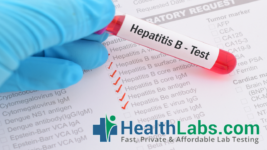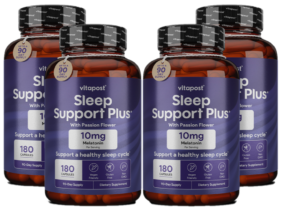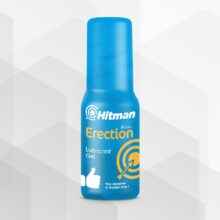
Healthlabs Hepatitis B Surface Antigen Test

Confidential Testing with Rapid Results
Our Hepatitis B Surface Antigen Test offers secure and confidential results. Ensuring your privacy is our top priority. With a network of over 4,500 CLIA-certified labs across the U.S., we provide widespread accessibility to testing services. Most results are delivered swiftly within 1-3 days, and we stand behind our services with a 110% price guarantee. Our affordable pricing now starts from $48, discounted to $24.00 for convenience.
Comprehensive Insights into Hepatitis B Surface Antigen Testing
This essential blood test is designed to detect the presence of Hepatitis B Surface Antigen (HBsAg), the primary marker for an acute Hepatitis B infection. It serves as a critical tool in identifying both acute and chronic infections, aiding in the differential diagnosis of hepatitis conditions. The incubation period for Hepatitis B Virus (HBV) ranges from 45 to 160 days, averaging around 100 days before symptoms manifest. While the acute illness is often mild, particularly in younger children, a significant proportion of adolescents and adults—between 30% and 50%—may experience symptoms such as jaundice, loss of appetite, nausea, and vomiting.
Healthlabs Hepatitis B Surface Antigen Test
In-Depth Look at Hepatitis B
The Hepatitis B virus is a unique, circular, partially double-stranded DNA virus belonging to the Hepadnaviridae family. It is distinct from the viruses that cause Hepatitis A and C. Transmission of HBV occurs through contact with infected bodily fluids, which can happen during sexual activities, sharing needles for intravenous drug use, or from mother to child during childbirth.
Symptomatology of Hepatitis B
The clinical presentation of HBV infection can be categorized as acute or chronic. Acute HBV infection typically induces short-term symptoms such as jaundice, nausea, vomiting, and abdominal pain within 6 months post-exposure. On the other hand, chronic HBV infection is a grave, lifelong condition that can lead to severe liver damage, including cirrhosis or hepatocellular carcinoma.
Diagnostic Testing for Hepatitis B
Specific serologic markers are utilized to diagnose HBV infection. These markers are pivotal in determining the stage of infection—be it past, present, or chronic—and identifying individuals at the highest risk for severe complications. Detecting hepatitis B surface antibody (HBsAb) signifies either recovery and subsequent immunity following an infection or successful vaccination. The differentiation between infection and vaccination is made possible by the simultaneous presence of hepatitis B core antibody (either Total IgM and IgG, or IgM alone).
Risk Factors Associated with Hepatitis B
Certain individuals are at an elevated risk for HBV transmission. These include those living with an infected person, engaging in sexual activities with an infected partner, men who have sex with men, immigrants from high HBV prevalence areas, patients undergoing renal dialysis, those on immunosuppressive medication, individuals with HIV, people with abnormal liver enzymes, prison inmates, and intravenous drug users.
Understanding the Diagnosis of Hepatitis B
The hepatitis B surface antibody (HBsAb) emerges in response to the hepatitis B surface antigen (HBsAg). It becomes detectable roughly six months after infection and can appear as early as 8-10 weeks following the onset of symptoms. During serologic testing, the interval between the disappearance of HBsAg and the emergence of HBsAb is known as the ‘window period.’ The appearance of HBsAb, a neutralizing antibody that confers protection against reinfection, signifies the clearance of the HBV from the body and indicates non-infectivity. Once developed, HBsAb typically remains for life, providing lasting immunity.








Ordering the tests I needed was super easy.
I highly recommend this service!
HealthLabs kept me apprised of this experience every step of the process. Fast and very efficient way to get your blood work done. The test results gave a range where your results should be and highlighted any areas that were higher or lower than they should be. No waiting room! I waited in my car and got other things accomplished until they texted me to come in. Everything was done in 10 minutes or less. (Urine & Blood.
Easy to set up and find location. Private and good pricing cheaper than some insurance options. The tech was amazing and super fast. Results came in the next day and included explanation of abnormal results with optional next steps.
Healthlabs is by far the best experience I have had, ever. Their customer service is outstanding…I spoke with a rep Diana U….she was patient, kind and supportive…explained what and when, just AWESOME. I can’t say enough good things about this company. Wish all companies had this service available, most are text or email, that is very frustrating for the patient/customer.. I actually spoke to a live person! Thank you Diana U and the staff at Healthlabs, well done, thanks for caring!!